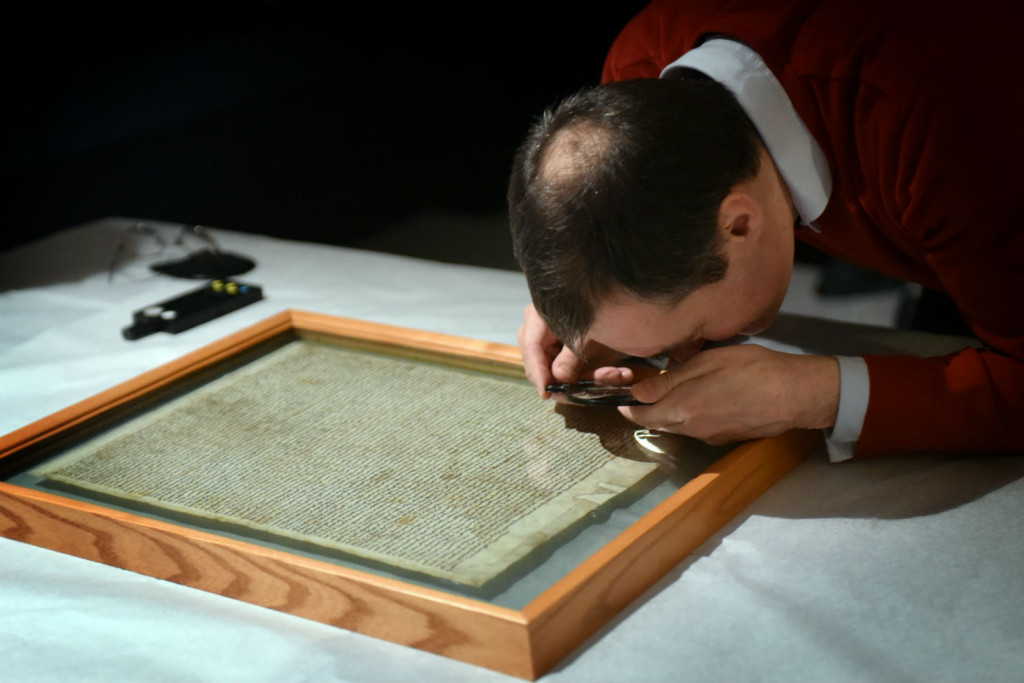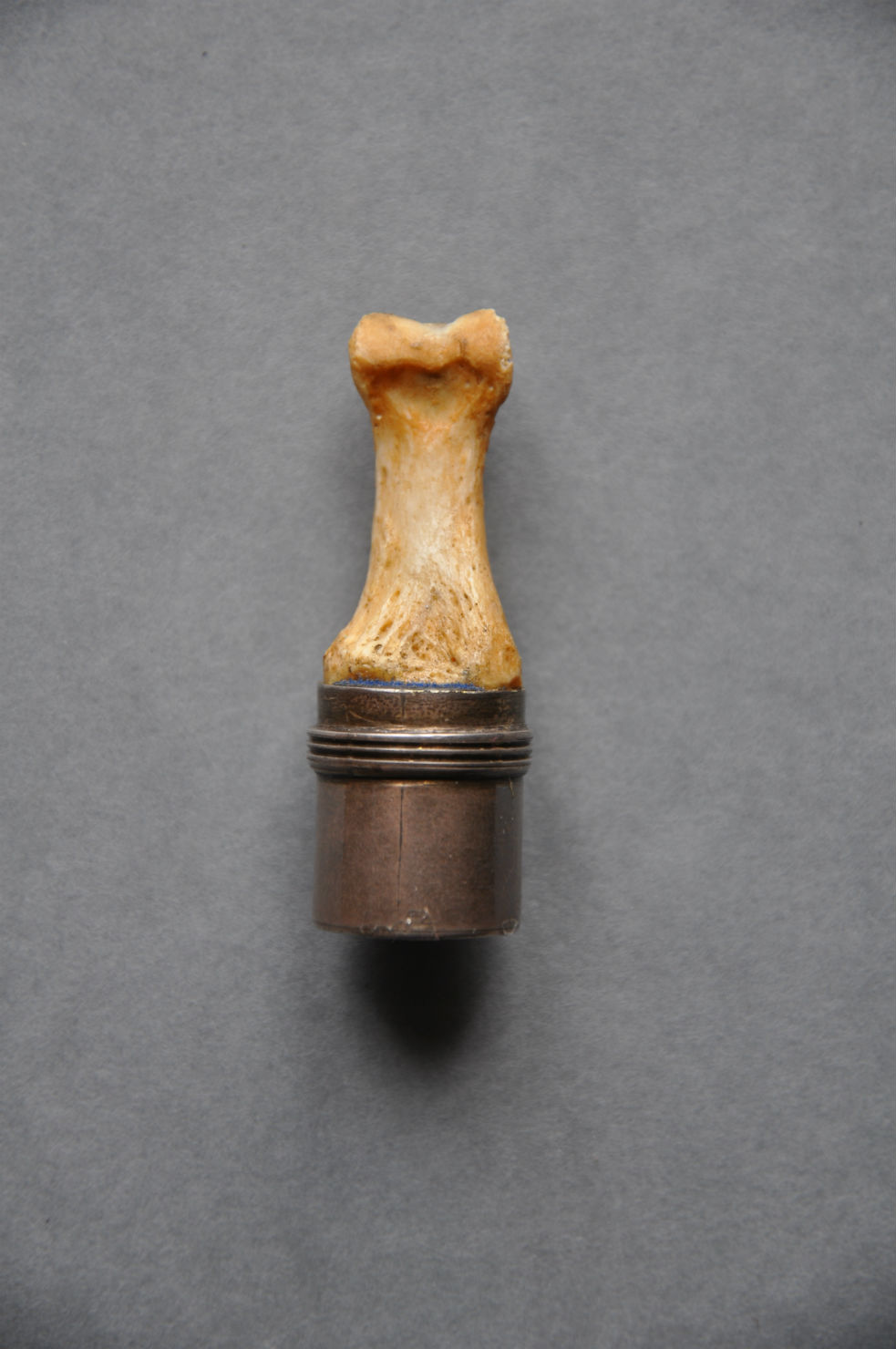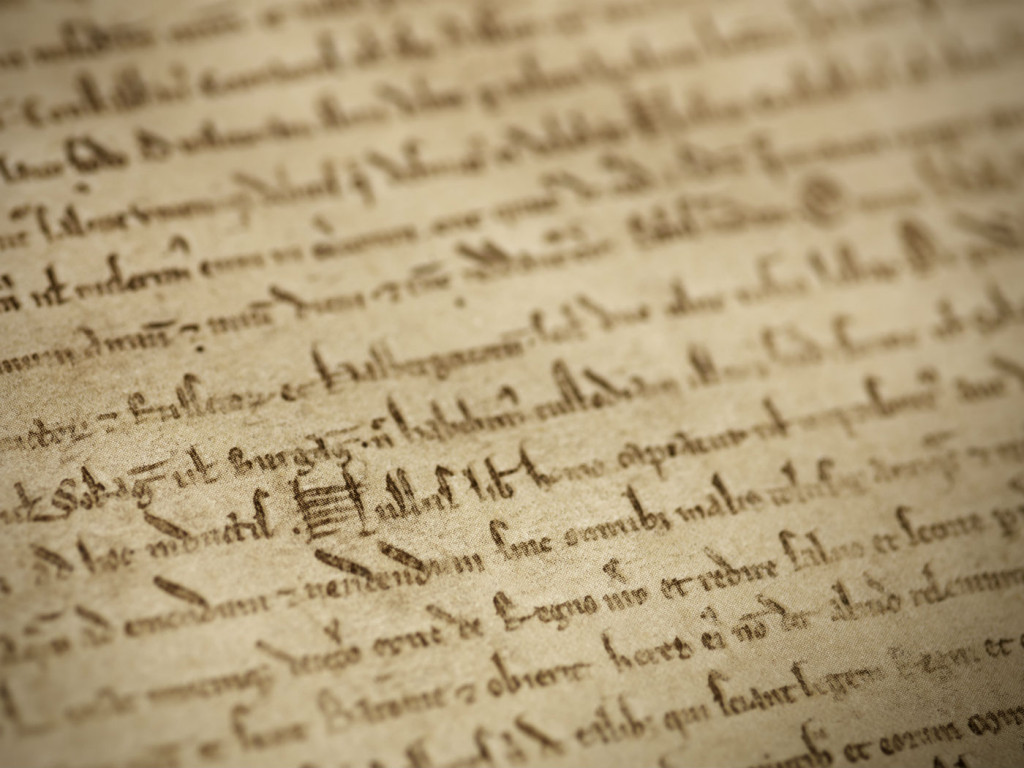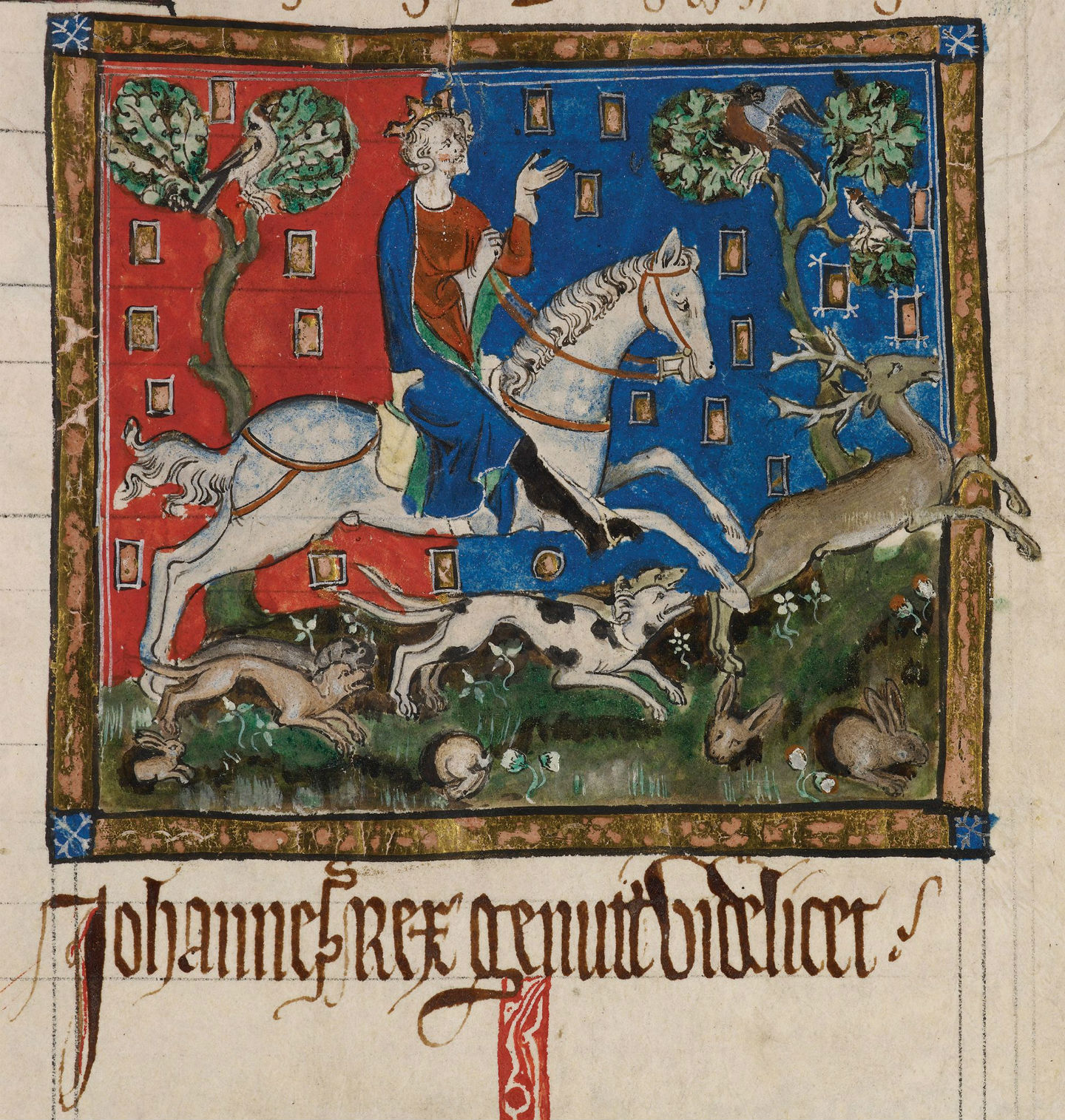
The many exhibits at the British Library’s big 2015 event show us how the rule of law has established individual rights over the last 800 years.
The exhibition starts with Anglo-Saxon manuscripts depicting kings issuing their laws. The working out of these depended on the ability and energy of the various monarchs.

Even though the Pope repudiated the charter which appeared at first to have failed in the years that followed, the point was established that the king himself was subject to existing law. He was not above the law and could not act in arbitrary fashion.
LOCAL ADVERTISING
This was an important development as rulers had earlier done anything they could get away with. It meant, too, that the leading men of the country had duties and obligations to their people. So the barons council in the course of the 13th century developed into Parliament with burgesses from towns as well as knights of the shire in attendance. This was not yet democracy – but a notable step in that direction.

In the eighteenth century American colonists fighting for independence used Magna Carta and its later developments to support their case, as this later part of the exhibition shows us. Conflicts and disagreements continue into the present century. In many countries there are rulers and governments that allow no disagreements or criticism. The democratic governments which allow opinions to be expressed owe something (and perhaps a great deal) to the Magna Carta.
It may now be 800 years old, but its importance will never lessen.


